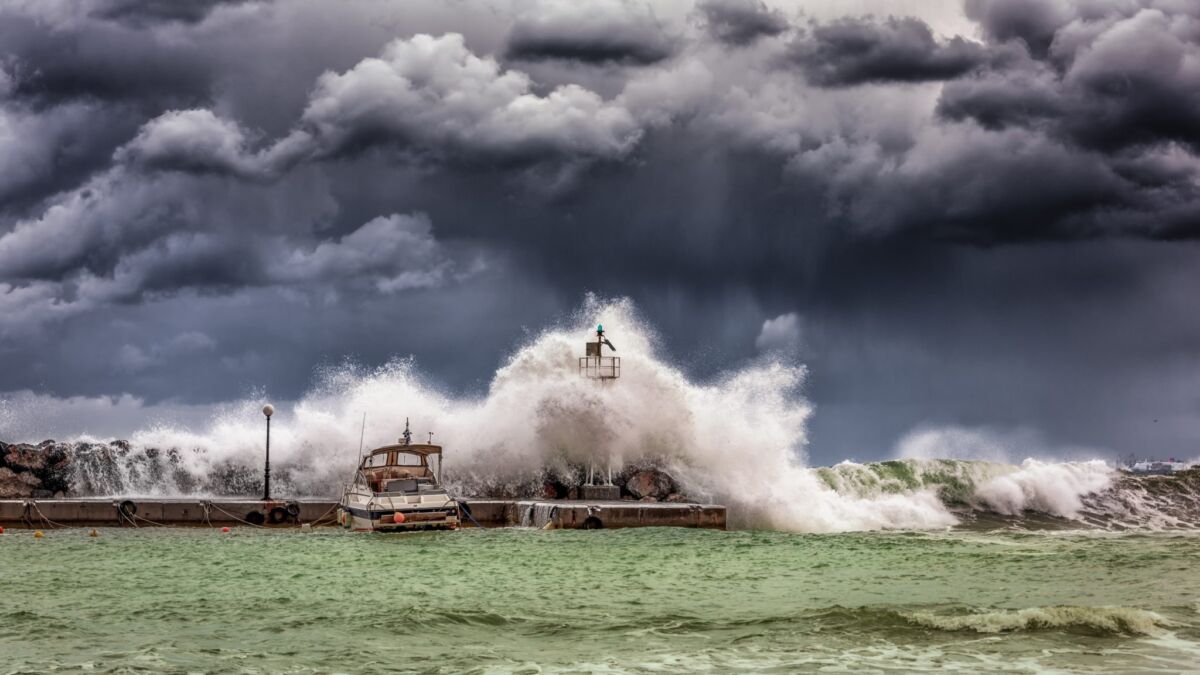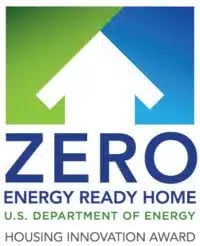
We’re Close to the Tipping Point
A recent article in Fine Homebuilding magazine that discusses climate change and home building starts with this challenge to the building industry:
“Faced with consequences equivalent to a giant asteroid set to hit the earth in 10 to 50 years, we designers and builders owe it to the future to do our part—and we need to start right now.”
The article also says:
“…largely because of what we now know as the greenhouse effect—the CO2 and other gasses trap some of the sun’s energy from leaving the atmosphere. The problem is that CO2 levels are now much higher than ever before, and the temperature is just beginning to catch up.”
The article mentions that CO2 is not the only greenhouse gas. These other greenhouse gases’ impact on climate change are normally greater per unit of gas and so are converted into what is called CO2E or CO2 Equivalent*. This way you can compare different greenhouse gases more easily. For example, a pound of CO2 in the atmosphere has a CO2E of 1. If a greenhouse gas has a CO2E of 10, then that means that 1 pound of the gas traps as much heat as 10 pounds of CO2. Some greenhouse gases have a CO2E 22,800!
* While CO2E is a way to compare greenhouse gases, the CO2E is based on the gas’s Global Warming Potential or GWP.
The United Nations Agrees
The United Nations International Panel on Climate Change released in 2018 states “Large, immediate and unprecedented global efforts to mitigate greenhouse gasses are required.” Climate scientists’ predictions about climate change and how fast we will reach a tipping point have often underestimated the change and time frame.
Today it is viewed by many we have perhaps only 10-12 years before we reach the tipping point. Some say 20-30 years. The point is every country, and everyone must do what they can to mitigate climate change and do so NOW.
Buildings Account for a Surprisingly Large Portion of Greenhouse Gases
The Fine Homebuilding article states that buildings have a large impact on the emission of greenhouse gases. The article states that globally almost 40% of the energy uses is related to building construction and building operations (operational energy is the energy used to heat, cool, light, run equipment, appliances, ventilate the buildings and so on.).
- Based on calculations by the United Nations, U.S, buildings account for 48% of all warming emissions worldwide.
- The US Department of Energy says that US buildings account for more greenhouse gas emissions than either the transportation or industrial sectors.
Green Homes Help Fight Climate Change in Three Ways
- Green home builders can build homes that reduce or sequester CO2 and CO2E emissions in several ways.
- Using building materials and products that are made in a way to minimize the CO2 and CO2E emissions generated in their manufacturing and installation in the home
- Using building materials like cellulose insulation that help capture and sequester carbon.
- Green homes are built to be energy efficient. This reduces the need to use electrical power from the grid. Power that in large part is generated by burning coal or gas. The homes are energy efficient because:
- They are well insulated and virtually airtight, so they need less energy to heat and cool.
- They use energy efficient products and systems further reducing the need for energy.
- Green homes today can easily and affordably become net zero energy homes.
- Green homes help by using clean, sustainable energy.
- Green homes can passively use the sun’s energy to heat the home and hot water.
- Green homes can use photovoltaic solar panels. This type of solar panel converts the sun’s energy into clean, sustainable electricity.
Here is How Your Housing Choice Can Help
If you are in the market for a new home
Buy or build a green home. Select a green home certification standard that at least meets the US DOE’s certification for being a Zero Energy Ready Home and if possible, select a home that is a Net Zero Energy Home.
If you plan on a major renovation of your current home or one you are buying
Make sure the renovation includes a deep green retrofit aka energy retrofit. Again, at least to a Zero Energy Ready Home certification standard, better yet a green renovation that makes it a Net Zero Energy Home.
BPC Green Builders is happy to help you if you plan on building a green custom home or doing a deep green energy retrofit as part of a major home renovation in BPC’s service area. Just contact us.
If you are not planning on renovating your current home
Have a professional and certified home energy audit from a certified home energy auditor. The auditor should prepare a report that includes the things you can do to make your home more energy efficient.
The list should include ways to make your home’s envelope airtight, sealing all your air ducts, making sure all your air ducts are within your home’s envelope, adding an energy recovery ventilator to your HVAC system and better insulated. It should recommend using LED lighting and Energy Star heating, cooling, hot water, and major appliances. It might include replacing old windows with energy star rated double or triple pane windows and so on. You might also consider adding a PV solar panel system to your home.
In BPC’s service area and in many other places around the country, there are utility-sponsored, local, state, and federal financial incentives and tax credits available.
If you can’t make all these improvements at once, ask your certified energy auditor for their assessment of what is most important to do based on their contribution to making your home more energy efficient.
Fighting Climate Change Can Save You Money
Energy efficient homes and homes that harness the clean energy of the sun reduce or eliminate what you must pay power companies for heating and cooling your home and generating hot water. Some of the things you do when building or retrofitting your home to be green may qualify for federal tax incentives as well in some areas state, local and utility rebates and other incentives.












